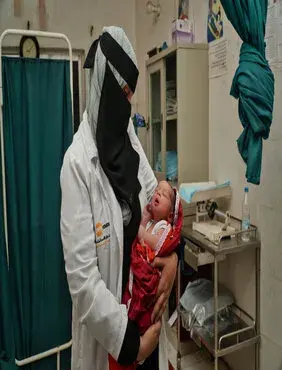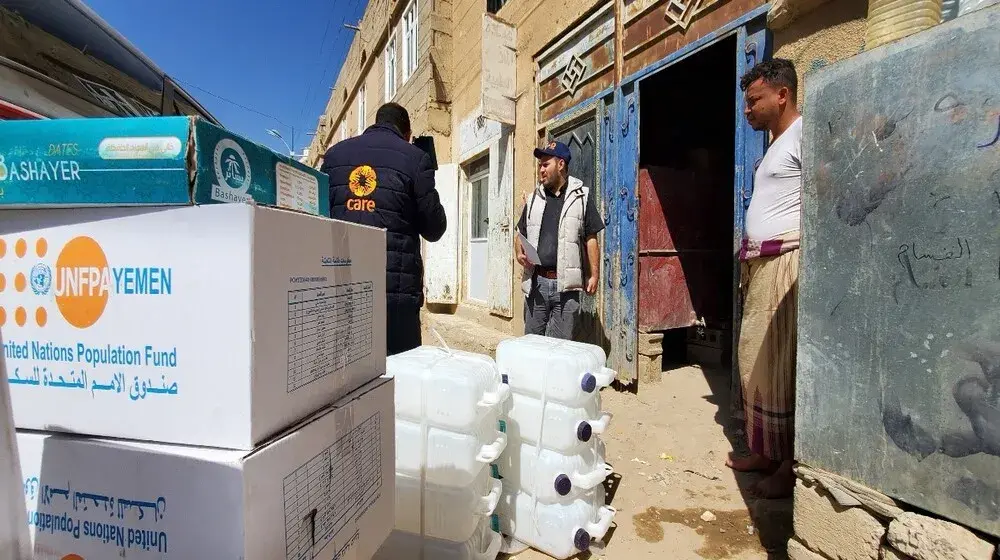The humanitarian crisis in Yemen continues to deepen. More than 20 million people – about two-thirds of the population – need humanitarian assistance. The country situation, which is primarily driven by conflict and an economic blockade, has been exacerbated by COVID-19, heavy rains and flooding, escalating hostilities, currency collapse, decreased government capacity and access challenges.
Renewed hostilities since early September 2021 have significantly impacted civilians living in parts of Marib, Shabwah and Al Bayda Governorates. In Marib Governorate, fighting forced nearly 10,000 people to flee their homes in September, the highest monthly figure this year. In some areas, the fighting has also disrupted the delivery of life-saving humanitarian assistance, including food and medicines. Since January 2021, the UNFPA-led Rapid Response Mechanism in partnership with WFP and UNICEF has provided emergency relief to nearly 43,000 people displaced from Marib.
COVID-19, continues to place additional pressure on a health system devastated by conflict. It is estimated that some 15 per cent of the functioning health system has been repurposed for the COVID-19 response, which contributed to reducing overall health coverage by 20 to 30 per cent. Only 0.1 per cent of Yemen’s population have been fully vaccinated against COVID-19 as of September 2021. UNFPA is a frontline partner of the COVID-19 response in Yemen. Since January 2021, more than 9750,000 people have been reached with personal protection equipment (PPE), with nearly 9 million PPE materials distributed to health facilities to ensure the safe provision of reproductive health services.
Funding for the aid operation in Yemen remains limited. A side event during the U.N. General Assembly raised approximately US$600 million in additional pledges. However, the 2021 Yemen Humanitarian Response Plan, which seeks $3.85 billion to provide life-saving humanitarian assistance and protection to 16.2 million people in need, was only 55 per cent funded by end September. UNFPA’s $100 million humanitarian appeal for 2021 remained funded at 41 percent by end September. UNFPA estimates that nearly 1.5 million women and girls will lose access to life-saving health and protection services in the next three months as funding dries up, forcing emergency relief operations to be dramatically scaled back at the same time as needs continue to grow.
By end September, UNFPA's response has reached nearly 2 million individuals with life-saving reproductive health services, protection information and services and emergency relief, with support to 126 health facilities, 51 safe spaces, 9 shelters and 8 specialized mental health centres.




